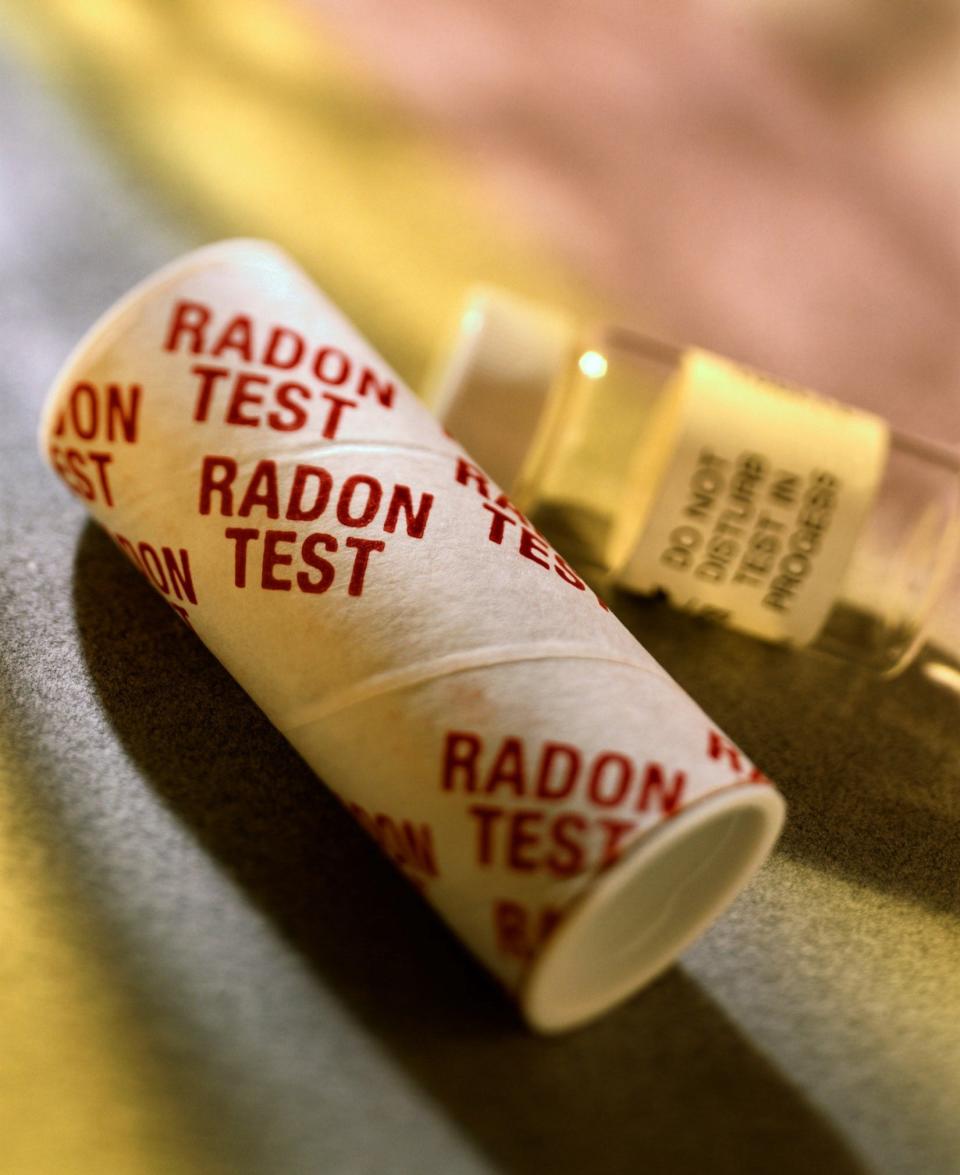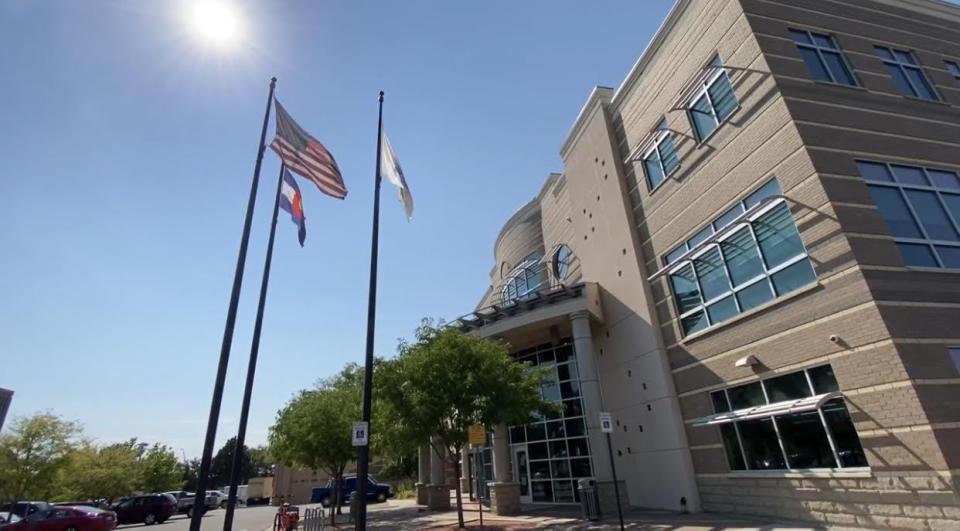Nearly two-thirds of Pueblo County homes test above radon 'action level,' CDPHE finds
About 64.8% homes in Pueblo County tested for radon between 2005 and 2022 had a concentration above the recommend level, according to the Colorado Department of Public Health and Environment.
Radon is a colorless, odorless and naturally occurring gas. Annually, radon causes an estimated 21,000 lung cancer deaths in the U.S. It's the country's second most common cause of lung cancer deaths, according to the Environmental Protection Agency and U.S. Surgeon General.
After uranium decays in soil underneath a home, radon may enter through cracks in foundation or drain lines, according to Chad Wolgram, director of environmental health for the Pueblo Department of Public Health and Environment.
"Where it becomes an issue is where it starts to concentrate," Wolgram told the Chieftain. "That's why in the winter time, when homes are shut tight to keep the warmth in — that's when radon generally tends to accumulate and the concentration starts to build up."

Is radon accumulating in your home?
The action level designated by the EPA is a radon concentration of 4 picocuries per liter. Pueblo ranks ninth among Colorado counties with the highest percentage of homes testing above that level, according to the CDPHE.
However, Pueblo had a substantially higher number of homes tested between 2005 and 2022 than other counties ranking in the top 10. CDPHE has data for 5,018 Pueblo County homes tested in that 17-year time period. Besides Pueblo County, none of the top 10 counties had more than 232 homes tested.
Multiple census tracts on the north side and in Pueblo West have at least 80% of homes testing above the radon action level, according to CDPHE. There's also a St. Charles Mesa tract and a tract near Minnequa Lake testing above 80%. Census tract data can be viewed at coepht.colorado.gov/radon-data.
Whether or not significant radon levels accumulate in a home hinges on various factors including the geological features of the neighborhood and the ventilation of a home, according to Wolgram.
"It's not like lead where homes prior to a certain date have a higher chance of having lead — it can happen to new homes, old homes, and everything in between... The only way to know if radon is there is to have it tested," Wolgram said.

Where to find a radon test kits
Pueblo County residents can get a free radon test kit at the PDPHE building on 101 W. 9th St. As of Feb. 5, PDPHE had about 250 "Do-It-Yourself" test kits available, Wolgram said.
"It comes with a little pouch and instructions on how to set it up," he said. "You can open it up and hang it in the lowest living space in your house... After three days, you seal it up, follow the instructions and send it off to the laboratory for testing — (testing) is free as well."
CDPHE also is providing free test kits to Colorado households while supplies last. Kits are shipped by Alpha Energy Laboratories and can be "ordered" online at states.aelabs.com/#/co. More radon testing and mitigation information can be found at cdphe.colorado.gov/hm/testing-your-home-radon.
Super Bowl LVIII: Super Bowl LVIII: Here are some places in Pueblo to watch the big game next week
Pueblo Chieftain reporter James Bartolo can be reached at JBartolo@gannett.com. Support local news, subscribe to The Pueblo Chieftain at subscribe.chieftain.com.
This article originally appeared on The Pueblo Chieftain: What are indoor radon levels like in Pueblo County, Colorado?

